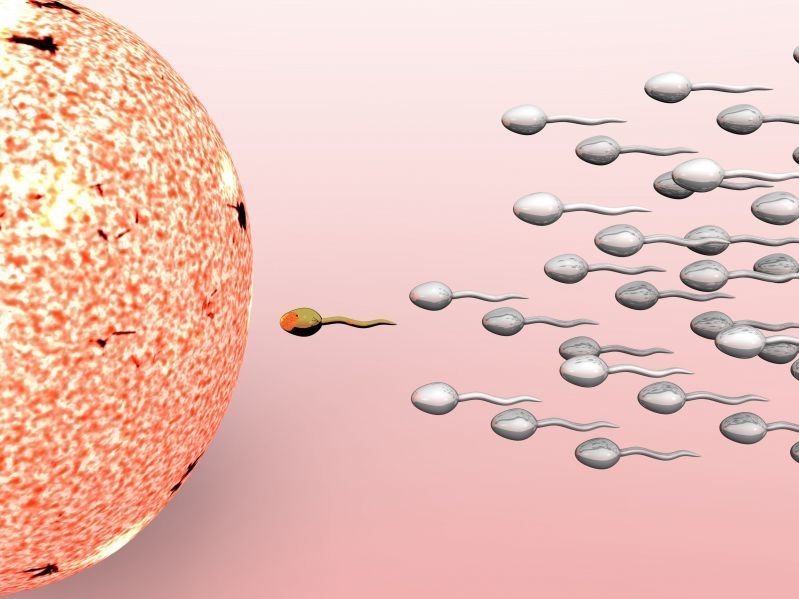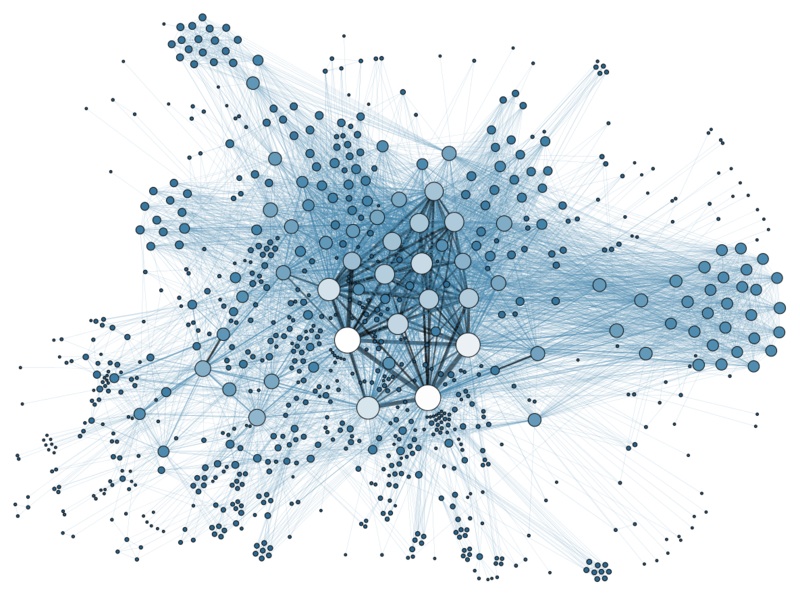A nice story here that illustrates again how The Escher Cycle operates as part of the evolution of life on Earth.
The article, reported on both Wired.com and Quanta Magazine, describes examples of how species that we tend to think of as separate actually inter-breed. Grizzly and polar bears are one example, as are some species of butterfly, and the five big cats: lions, leopards, tigers, jaguars, and snow leopards. And they do this more often than we thought.
At first sight we might think this inter-breeding is detrimental to the ‘pure’ gene pool of the species. But actually the behaviour is useful because it allows each species quickly to share genes back and forth between their populations. This helps them quickly to avoid evolutionary ‘blind alleys’ and reverse trait changes that later turn out to be non-beneficial owing to changes in the environment. For example, polar bears faced with climate change can benefit by adopting genes from grizzly bears that enable them to prosper in warmer climates. Some genes are lost, but the genes that have turned out to be most useful survive. And if the climate had moved in the other direction then grizzly bears could have benefitted too.
The inter-breeding is useful to both populations and increases the stability and survivability of the whole.
What this means, in the words of one researcher, is that:
“The boundaries between species are now known to be less rigid than previously thought.”
And this in turn means that life on Earth is
“a web of life, rather than a simple bifurcating tree of life.”
We can describe and explain this in Escher Cycle terms by seeing each species as a distinct ‘process’, ‘business’, or ‘way of organising’ life.
The traditional view is to see each species as being distinct. Each is a life ‘process’ operating at varying levels of ‘distinctiveness’:
(See Chapters 3 and 7 of The Escher Cycle.)
To describe the evolution of life in Escher Cycle terms, we rename the process improvement or adaption phases of “Understand, Design, Implement, and Operate” to become “Breed / Mix Genes”, “Gestation and Birth”, and then “Interact with the Environment”.
The traditional view of evolution then sees each species evolving separately. New plants or animals are formed from interactions with the environment that make some genes more or less successful (the arrow from right to left) or by ‘mistakes’ being introduce in the process of combining genes through sexual reproduction (the arrow from left to right). Either route leads to a new animal or plant, which then interacts with its environment, turns out to be more or less successful, and these successes are then fed back into the next breeding cycle:
What these articles in Wired and Quanta describe is that exchange of genes also happens between species, the vertical arrows here. And we draw them on the left and the right, because this mixing involves interaction with the environment and sexual reproduction:
In this way, all of life on Earth becomes a ‘pool of genes’: “a web of life, rather than a simple bifurcating tree of life.”
We can imagine this as a series of ‘Escher Cycles’ between closely-related species, which together form one larger Escher Cycle that has evolved from the Last Universal Common Ancestor to become the variety of inter-related forms we see today:
Gregory Bateson taught us that the unit of evolution is not a species but an ecosystem: faster gazelles create faster leopards, and so on.
These articles show us there is another mechanism by which the ecosystem as a whole evolves together.
(See also inter-species evolution in genetically-modified species.)






